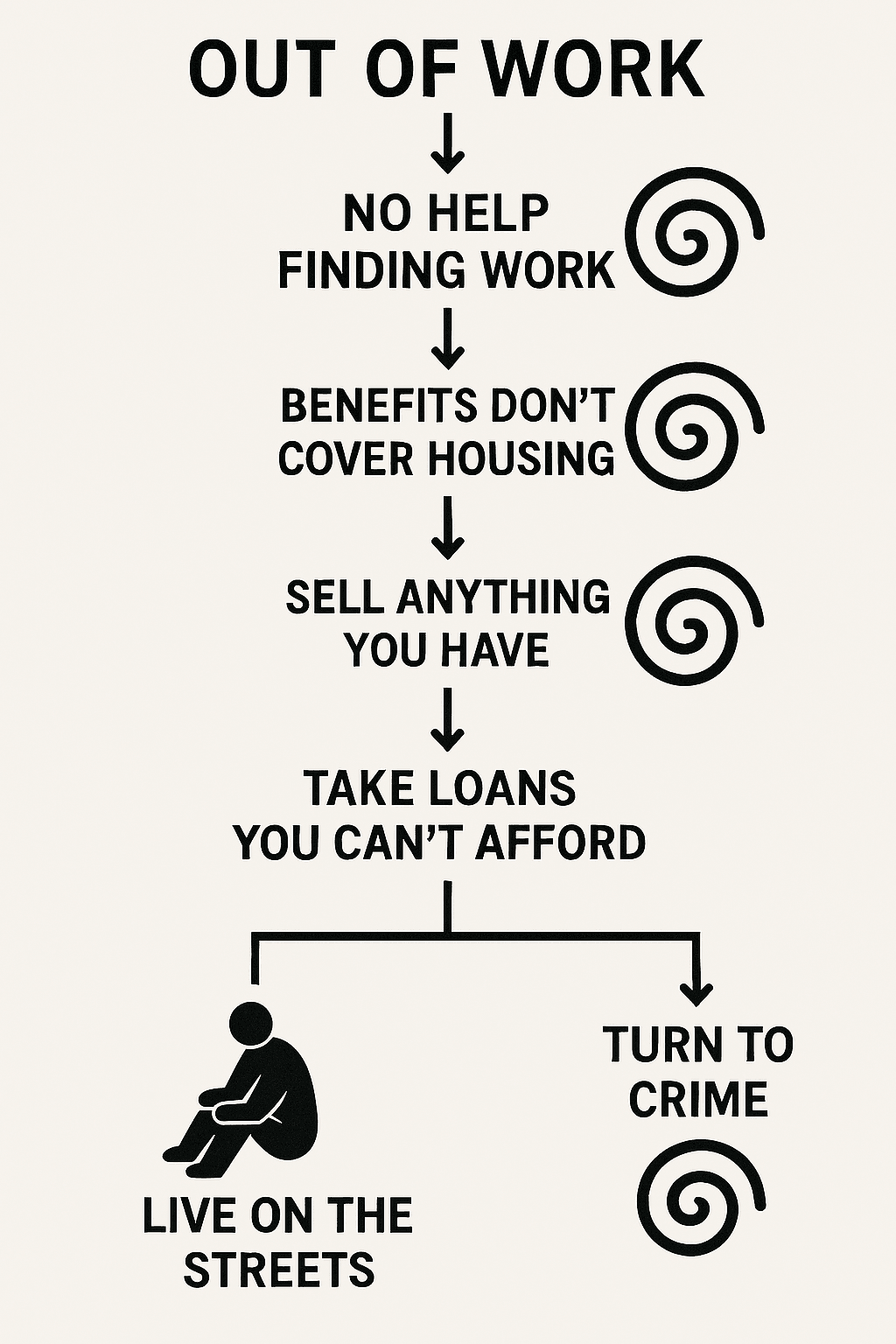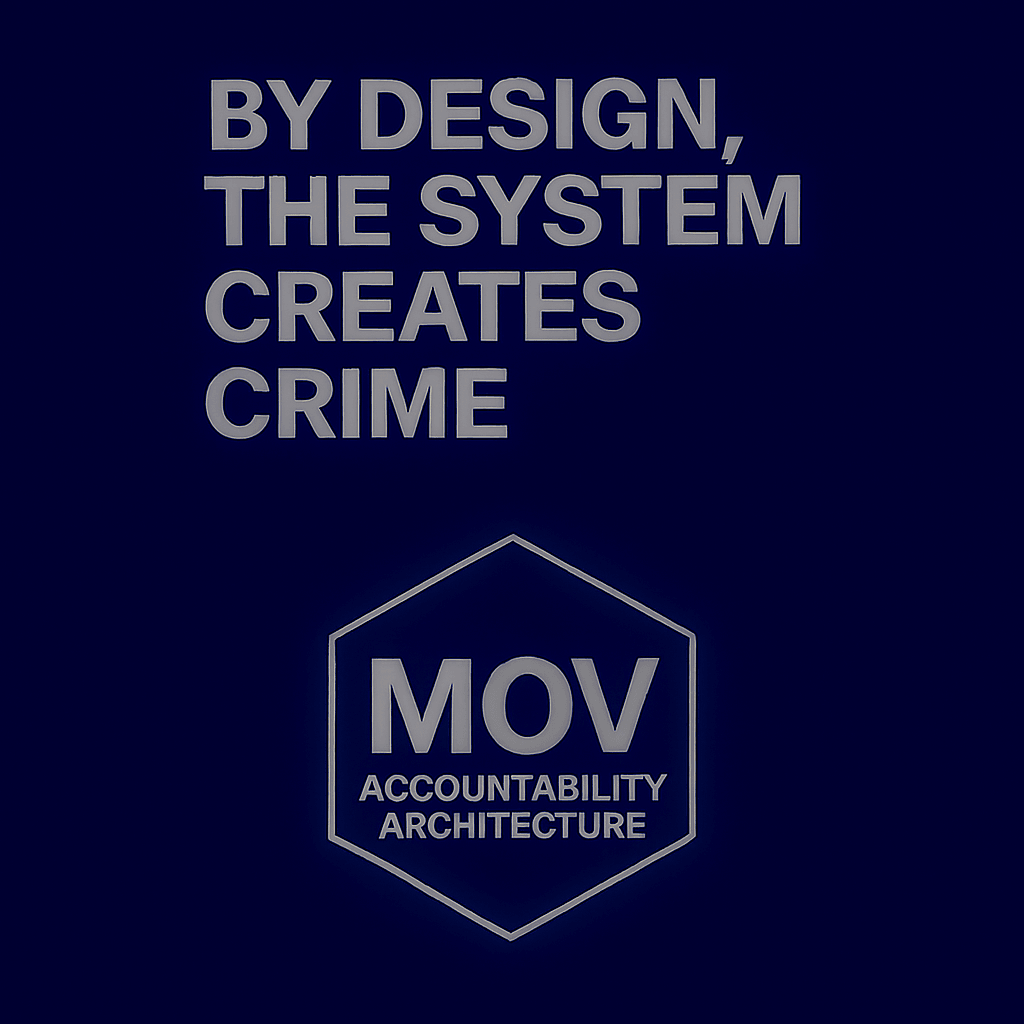I might do things a different way to the trained monkeys, but my way gets results.
Warning if you are the sensitive type maybe skip this one!
Nanny’s not sensitive. She’s out of patience.
She’s tired of ticking boxes while no one helps.
Tired of incompetence dressed as process.
Done playing polite while systems stall and erode.
Sick of paying Dumb & Dumber to sit in cushy jobs to collect information that just gathers dust.
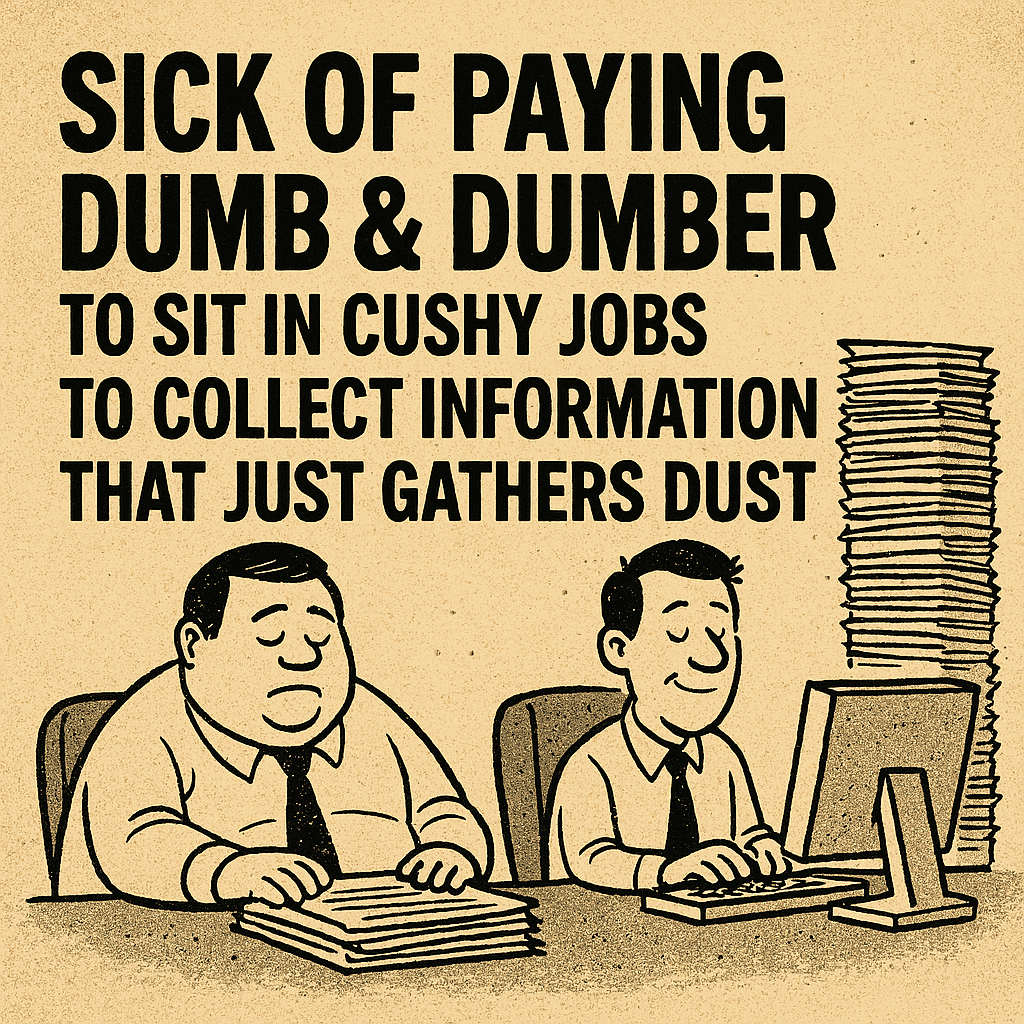
Tick the Box, Miss the Point
Imagine if the hours, budgets, and brainpower poured into compliance were redirected—just for a moment—toward helping people.
Not monitoring them. Not ticking boxes. Helping.
Would the burden lift?
Would the system breathe?
Would frontline staff stop drowning in paperwork long enough to actually serve?
Instead, we get choreography.
A dance of documentation designed to exhaust the applicant before help arrives.
Where did you live in 1990? Exact dates, please.
What were your savings last month? And the month before that? And the year before that?
Not because it helps. But because it wears you down.
Remember that mortgage you took out 25 years ago?
We’ll need the original document.
Now let’s dive into your medical history.
We’ll call your doctor.
Then we’ll delay your benefit for three months.
—because of holiday pay and a payment we don’t understand.
Maybe you saved for retirement?
We’ll need that money out.
Spend it. All of it.
Then we’ll talk about covering your expenses.
You bought shares?
Sell them.
Cheap.
Someone like us will scoop them up at bargain basement prices.
You have boarders?
Let us collect information.
Tell us about your borrowing history.
Going broke?
Just sell some stuff.
Maybe you can get something for your memories.
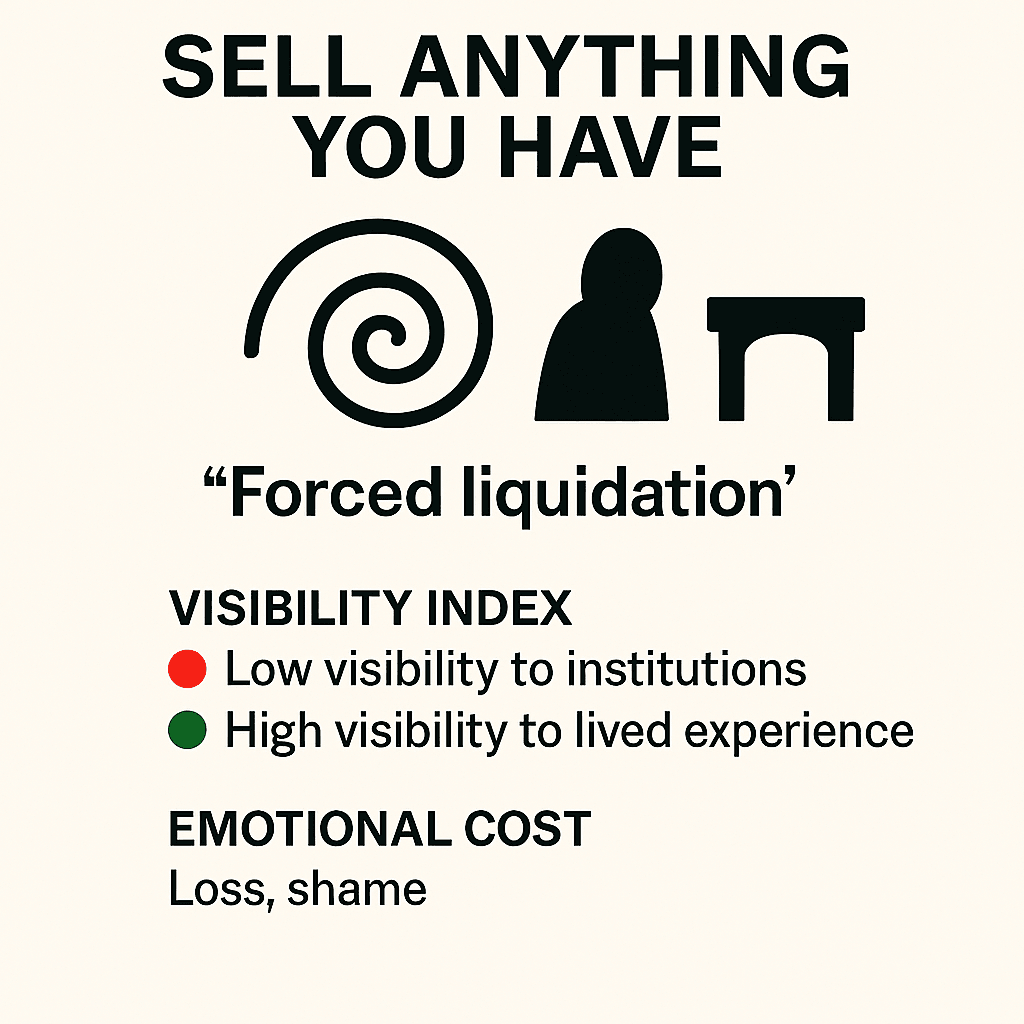
Someone dies?
We must have overpaid you.
Let us check.
Funeral expenses will be covered by your family, right?
Because we stripped her of all your belongings first.
Got a job interview?
We’ll need to phone them.
Because someone lied once, 100 years ago.
So you must be the same.
You have a degree?
Let’s take that off your CV.
We don’t get jobs for qualified professionals.
Chances are, you’ll sort yourself out.
Even if you haven’t applied in five years.
Not much has changed.
Just bots. And AI.

Need glasses for your kids?
We’ll make you pay that back.
School uniforms too expensive?
We’ll loan you the money.
Better still—share it between them.
Hand-me-downs are the way to go.
Other kids won’t notice the worn-out seams.
We did it to your mother.
That’s how the system works.
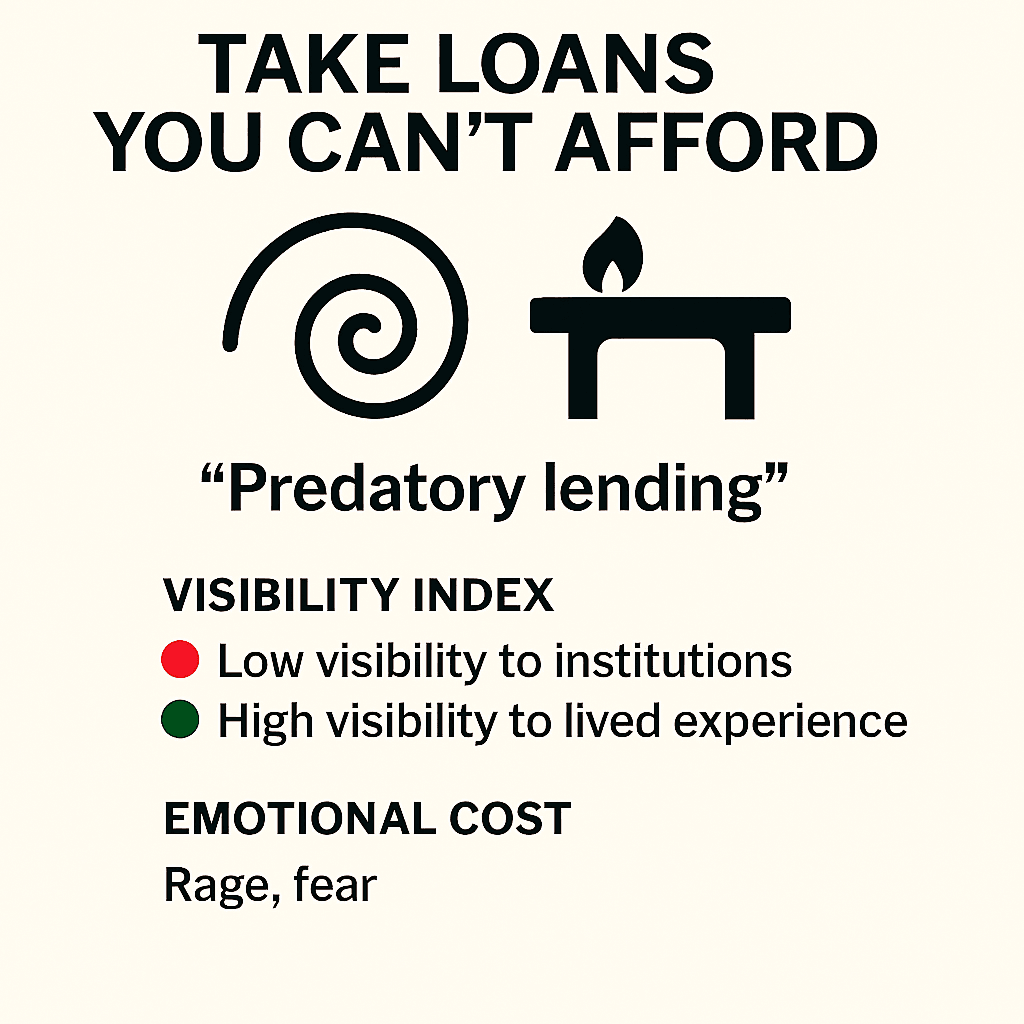
Sister had kids to a local lad?
We can help—just don’t pay what the Africans need for a feed.
Apparently, it’s easy:
Feed two children on $7 a week,
Hold down a job,
Find entertainment that’s free.
And of course—
Artists don’t need to be paid.
Maybe next year we’ll give her a pay rise.
Fifty cents should be a good percentage, right?
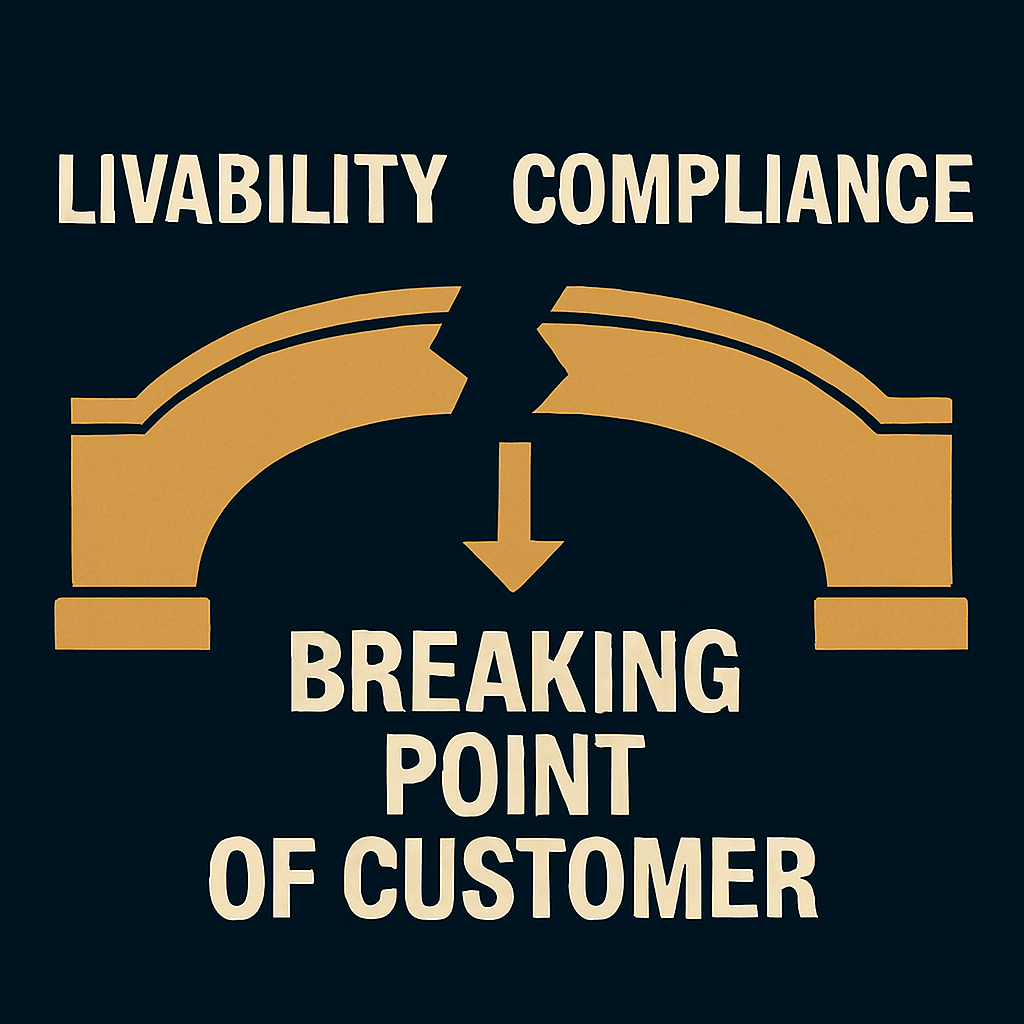
Oh, happy Christmas.
You seem to be coping quite well.
We’ll remove a support payment.
It’s holiday time for us.
Out of office activated.
You?
Go get help from mental health services.
Maybe take some pills.
Can’t cover your mortgage?
Go see a budget advisor.
They’ll magic up some money.
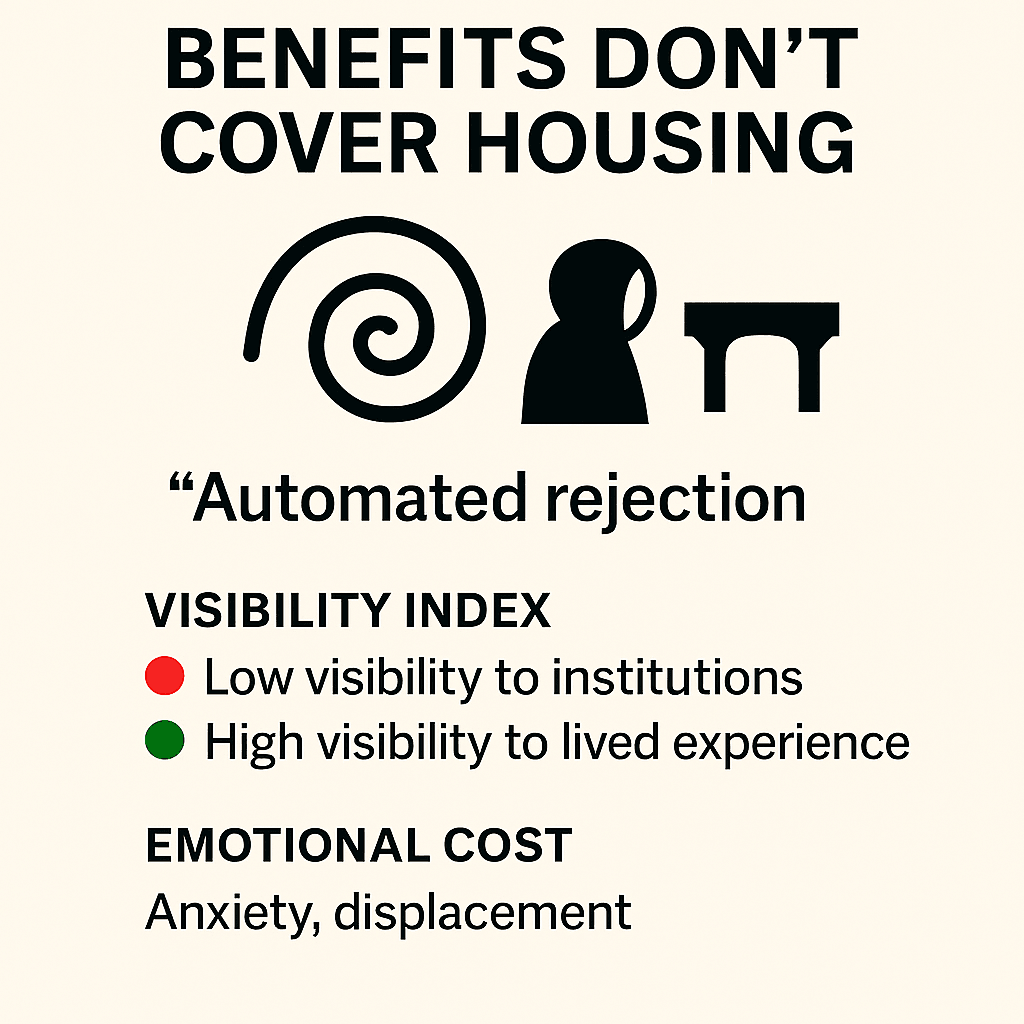
Get back to work
So you can pay us back.
Before your first paycheck,
We’ll send a demanding reminder.
Just so you don’t forget.
You’ve got a partner overseas?
We’ll chase him down.
He must be rich.
We’ll tax that money too.
And if you haven’t got a job,
We won’t let you settle a property agreement with him
without taking a chunk out of it for ourselves.
Can’t possibly have a private arrangement
to keep a roof over your kids’ heads
if you’re not employed.
Don’t worry if you came out of an abusive environment.
We don’t know what’s wrong with you not having a job.
Just be like us.
Keep quiet.
Tick boxes.
Live nice and mediocre.
We don’t like people who question the system.
Just get in line.
Final Note
And after all this, you start to wonder—
not whether you should’ve towed the line,
but whether the system is trying to beat you into submission
for daring to be different.
For following a path that doesn’t fit their template.
For being the star of your own story
instead of a footnote in theirs.
Because you don’t care much for the story
written by someone else
about what they think is good for you.
You want to live your own life.
And if you fall?
Count on the Ministry of Disaster
to push you around,
to squeeze the round peg into a square hole
and call it support.
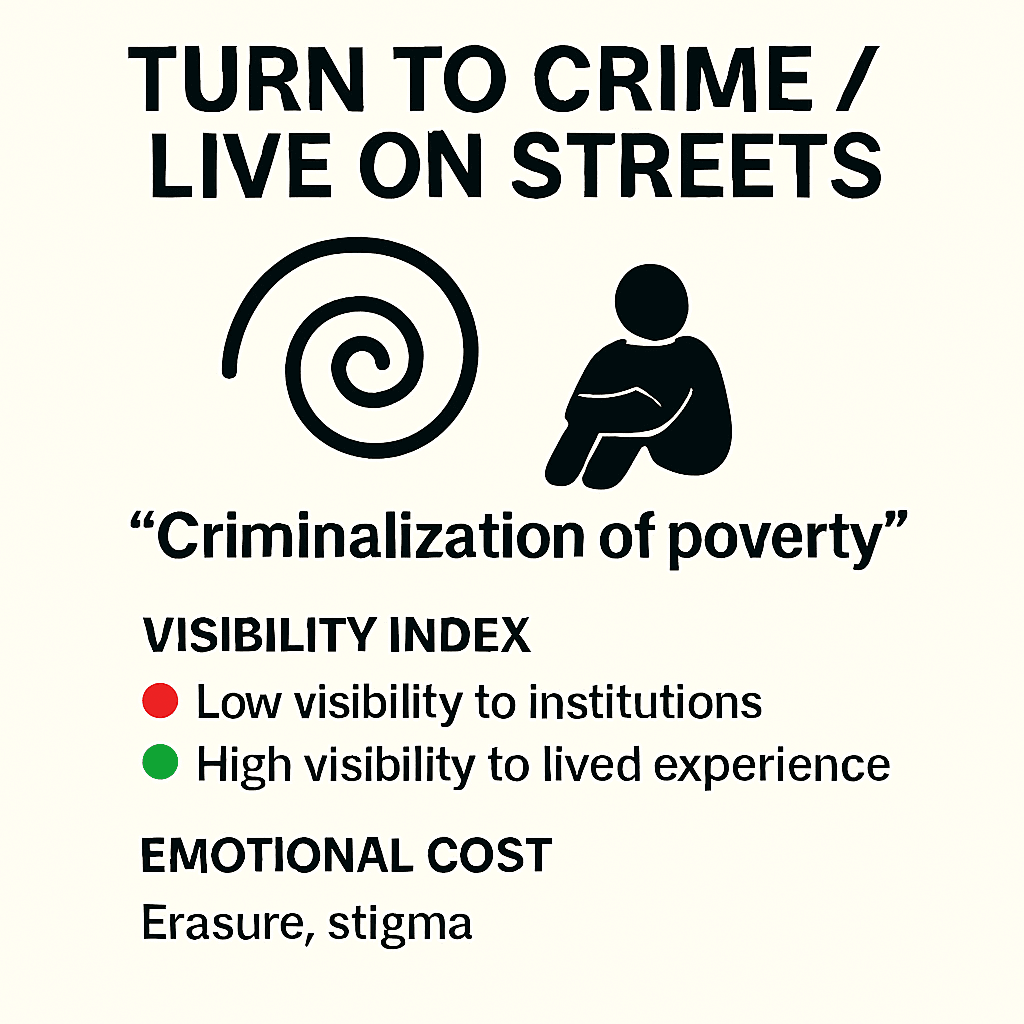
Do you think you have any dignity left after this?
It’s the last thing you hold onto—
not because they let you,
but because you know.
You know they made a mistake
when they decided to mess with you.

Because the women in your family
have been fighting for a fair system
since before they were allowed to vote.
And it doesn’t stop here.
Not until we’re not just heard,
but action is taken.
Not until the system is rebuilt
to serve everyone—
including those prepared to walk the line
with backbone, clarity, and refusal in their stride.
We don’t come to the table to be tolerated.
We come to rewrite the terms.
To elevate the baseline.
To make this world better—
not someday,
but now.
I’m not here to live someone else’s fairytale.
I’m here to write my own.
And it won’t be soft,
or silent,
or shaped by someone else's dream.
It will be built from truth,
threaded with legacy,
and impossible to flatten
You’re the star of your own story
Ministry of Social Disaster Spiral:
